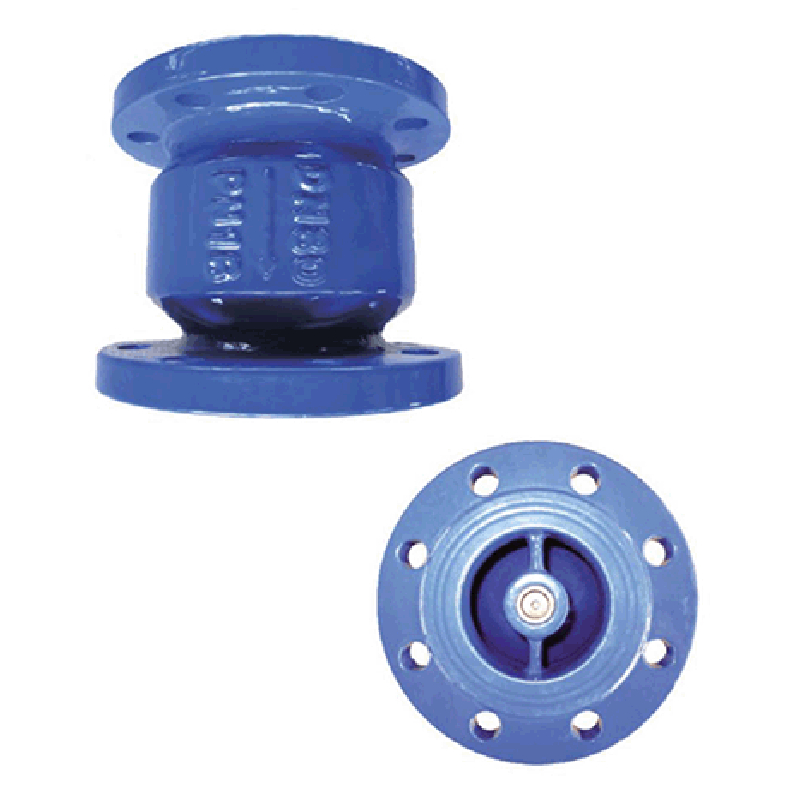nov. . 09, 2024 19:17 Back to list
Y Strainer ANSI Design and Applications for Efficient Fluid Filtration
Understanding Y-Strainers The ANSI Standard
In the world of fluid management and engineering, maintaining the integrity of pipelines is crucial. One of the key components designed to protect pipelines from particulate contamination is the Y-strainer. Adhering to ANSI (American National Standards Institute) standards, Y-strainers are widely embraced in various industries, including water treatment, oil and gas, and chemical processing.
A Y-strainer derives its name from its distinctive shape, which resembles the letter Y. This component is essential for filtering out unwanted solids from liquids or gases flowing through pipelines. The design allows for effective straining without causing significant pressure drops, making it an efficient solution for protecting downstream equipment like pumps, valves, and meters.
The Role of ANSI Standards
The ANSI standards play a vital role in ensuring that Y-strainers meet specific performance criteria. These standards provide guidelines for dimensions, materials, testing, and quality control, ensuring reliability and safety in operation. By adhering to these regulations, manufacturers can guarantee that their products perform consistently under various operating conditions.
ANSI-compliant Y-strainers are designed to withstand high pressures and temperatures, making them suitable for rigorous application environments. The materials used in the construction of Y-strainers, such as stainless steel, cast iron, or carbon steel, are selected based on their ability to resist corrosion and wear, further extending the lifespan of the device.
Types of Y-Strainers
Y-strainers are available in different configurations to suit a variety of operational needs
. The most common types include1. NPT Y-Strainers Featuring National Pipe Tapered threads, these are used for smaller pipelines and are easy to install.
y strainer ansi

2. Flanged Y-Strainers These models come with flanges for mounting on larger pipelines, providing a secure connection and allowing for higher flow rates.
3. Stainless Steel Y-Strainers Ideal for corrosive applications, these are commonly used in chemical processing industries where the integrity of the material is paramount.
4. Screen Sizes Y-strainers come with varying screen sizes, typically ranging from 20 mesh to 120 mesh, depending on the specific filtering requirements of the application. The finer the mesh, the smaller the particles that can be filtered out.
Maintenance Considerations
Regular maintenance of Y-strainers is essential to ensure they function correctly over time. The frequency of maintenance will depend on the type of fluid being filtered and the concentration of particulates present. It is crucial to periodically clean or replace the strainer screen to avoid clogging, which could lead to increased pressure drop and potential equipment failure.
Many Y-strainers are designed with a blow-off valve, enabling easy cleaning without removing the strainer from the pipeline. This feature promotes operational efficiency and minimizes downtime, essential factors in any industrial process.
Conclusion
In summary, Y-strainers conforming to ANSI standards are indispensable components in fluid management systems. Their ability to protect equipment from particulate contamination makes them vital across various industries. Understanding the types of Y-strainers, their maintenance needs, and the significance of ANSI standards can help engineers and operators make informed decisions in choosing and using these essential devices. By prioritizing quality and compliance with established guidelines, industries can enhance the reliability and efficiency of their operational systems.
Share
-
Reliable Wafer Type Butterfly Valves for Every IndustryNewsJul.25,2025
-
Reliable Flow Control Begins with the Right Ball Check ValveNewsJul.25,2025
-
Precision Flow Control Starts with Quality ValvesNewsJul.25,2025
-
Industrial Flow Control ReliabilityNewsJul.25,2025
-
Engineered for Efficiency Gate Valves That Power Industrial PerformanceNewsJul.25,2025
-
Empowering Infrastructure Through Quality ManufacturingNewsJul.25,2025